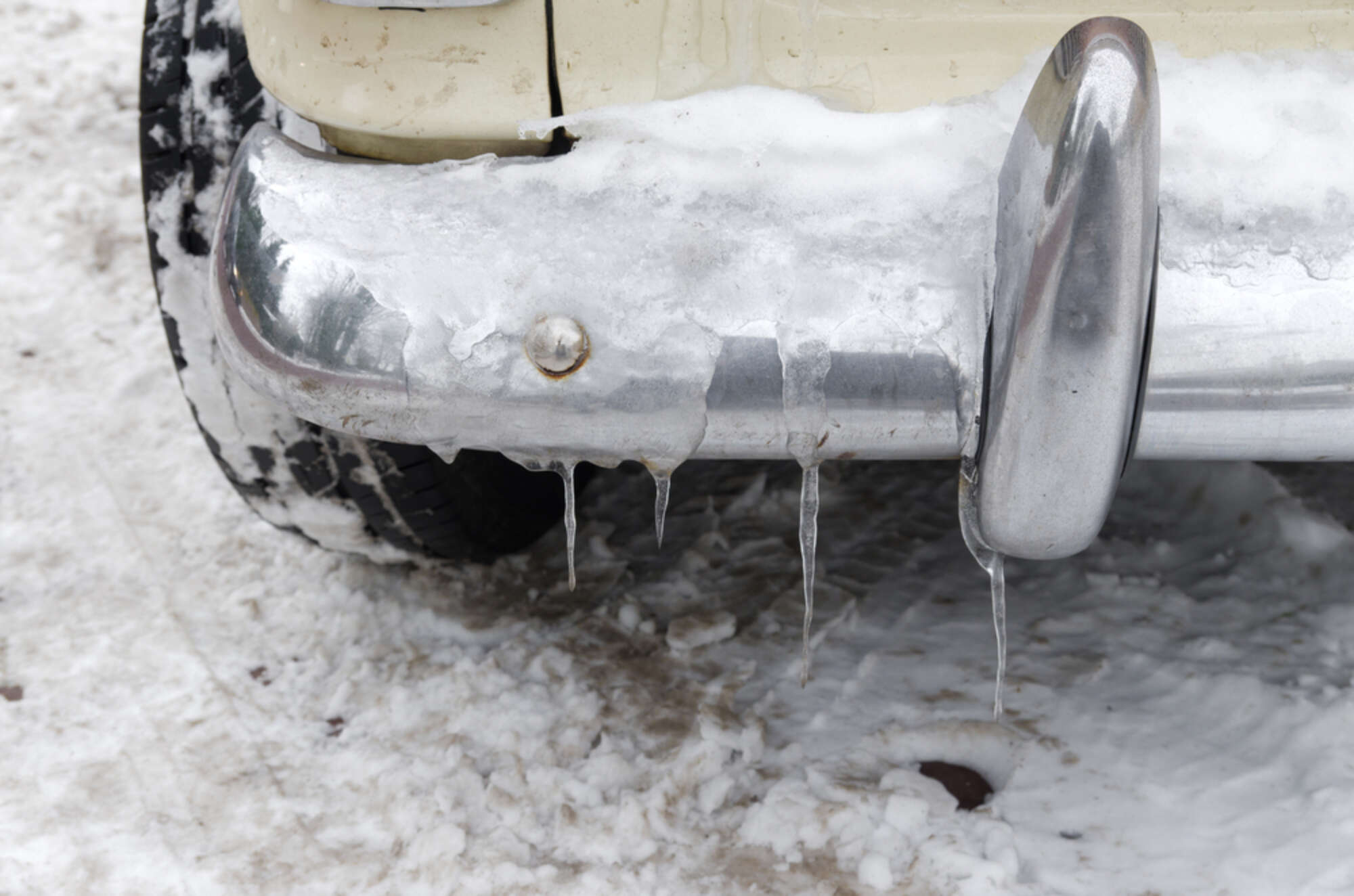Winter storage – 5 top tips for classic car owners
The clocks have gone back, the temperature has plummeted and the forecast for a particularly cold week ahead heralds the true arrival of winter. it’s also the time of year when many classic car owners decide to shut up their pride and joys for the winter. However, like the art of driving itself, there’s a special knack to preparing your car for a season of rest. Senior underwriter Steve Simpson gives his top tips on how owners can keep their classics safe and sound this winter.
1. Attention all areas
Many classic car owners will enjoy the opportunity to give their pride and joy a thorough clean before storing over the winter. As well as the exterior This should include washing as much of the underside as possible in addition to a clean and wax of the coachwork and a deep-clean of the interior to help prevent damage from rodents or vermin. If not using axle stands, inflating tyres to an appropriate level can help to avoid flat-spotting. Ensure also that anti-freeze is topped up and if not draining fuel, add a fuel stabilizer/corrosion inhibitor and run the engine for five minutes or so. These tasks may not be as instantly rewarding as a clean, wax and final polish of the coachwork, but you’ll certainly reap the rewards in the New Year.
2. Choose a safe storage space
It’s rare to see classic cars left parked out on a main road overnight, let alone over an entire season. But that doesn’t mean that all owners are taking the advised precautions. We always recommend storing such vehicles in a locked garage, locked building or dedicated car storage facility during the winter months if possible. Although classic vehicles are far less prone to theft than modern, daily use cars, our data shows that the theft claim frequency from November through to February doubles for classic cars that are not securely stored.
3. Stick to the Goldilocks principle
Just like Goldilocks’ porridge, your storage space should be just right. Specifically, the space should be well-ventilated to avoid damp, while as an additional protection, inflatable storage devices are available to keep air moving and humidity at a safe level. Check the insurance policy covers these devices if they are lost or damaged due to fire, theft or attempted theft – we cover them up £500 should this happen, but that isn’t the case with all insurers. If you’re not using an inflatable device, then a breathable car cover with a soft interior lining will suffice, and will also protect against paintwork or interior fading if strong sunlight passes through any windows in the garage.
For older cars, removing the battery is recommended, however in newer vehicles this can cause issues with vehicle security or more complex electronics systems. Finally, use chocks rather than leaving the handbrake on if the vehicle is to be static for more than a few days at a time.
4. This is downtime, not hibernation
A classic car isn’t a hedgehog – it's not ideal to leave it sleeping undisturbed for five months. If possible the car should be taken for a short drive every month or so to get the engine up to full operating temperature – but weather conditions should be dry. This will help avoid brake and clutch seizures, keep mechanics appropriately lubricated and avoid tyre flat-spots. Simply idling the car without driving it may actually hasten corrosion issues as the engine will likely not reach full operating temperature. And no-one wants corrosion for a Christmas present.
5. Don’t cancel your insurance policy!
While it may come as no surprise to hear an insurance provider shouting this from the roof tops, the reality is that it’s a good idea to keep vehicles insured irrespective of whether they’re currently being driven. We know it’s tempting to cancel your classic car insurance policy if your vehicle will not be in use during the winter, but always remember that fire, flood, vandalism and theft are events that can happen at any time of year – amongst many others besides. We settled one claim last winter where 100mph+ winds had blown the roof off the owner's garage, with his cherished car damaged by the falling masonry. As classic car insurance premiums are generally significantly cheaper than those for everyday modern cars, it can prove to be a very false economy to cancel insurance cover as soon as it gets cold.






